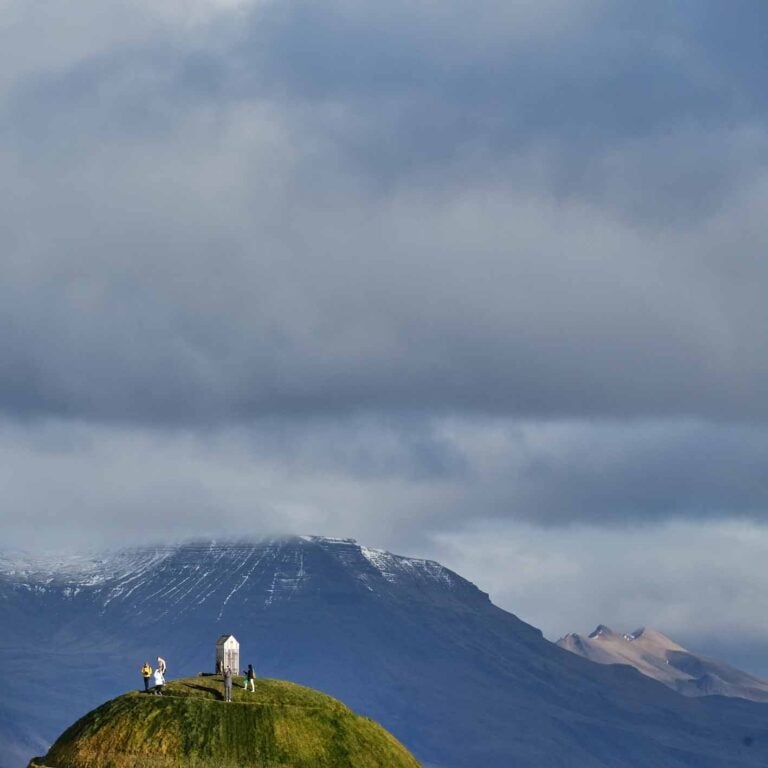Once upon a time, there was a natural harbour where the Kvosin area is currently located in Reykjavík. As ships grew in size towards the end of the 19th century, the existing facilities proved insufficient. Two significant storms, in 1902 and 1910, prompted discussions about constructing a proper, modern harbour for Reykjavík, possibly in Nauthólsvík or Videy, both of which were part of Seltjarnarnes at the time. Merchants in Kvosin, the city centre of Iceland’s capital, Reykjavík, strongly advocated for improvements, and work on the construction of Reykjavík Harbour began in 1913, 111 years ago. Two railways, the only ones in Iceland, were laid from Öskjuhlíd to transport boulders and materials for the harbour’s construction. The work was completed in 1922, and, over time, the harbour took on the form we know today. What has changed is that Sundahöfn harbour opened in 1968, accommodating larger container and cruise ships, and buildings around Reykjavík Harbour have evolved over time. At the East Harbour, where there was initially a coal crane and later warehouses, there is now a vibrant mix of culture and social life. The Harpa Concert Hall and Conference Centre, the new headquarters of Landsbanki, the Ministry for Foreign Affairs, the Edition Hotel, various shops, and apartments are all located at the East Harbour. Meanwhile, the South and West Harbours remain connected to fishing, fish processing, and tourism. Icelandic Times took the pulse of Reykjavík Harbour, this young and lively 111-year-old.
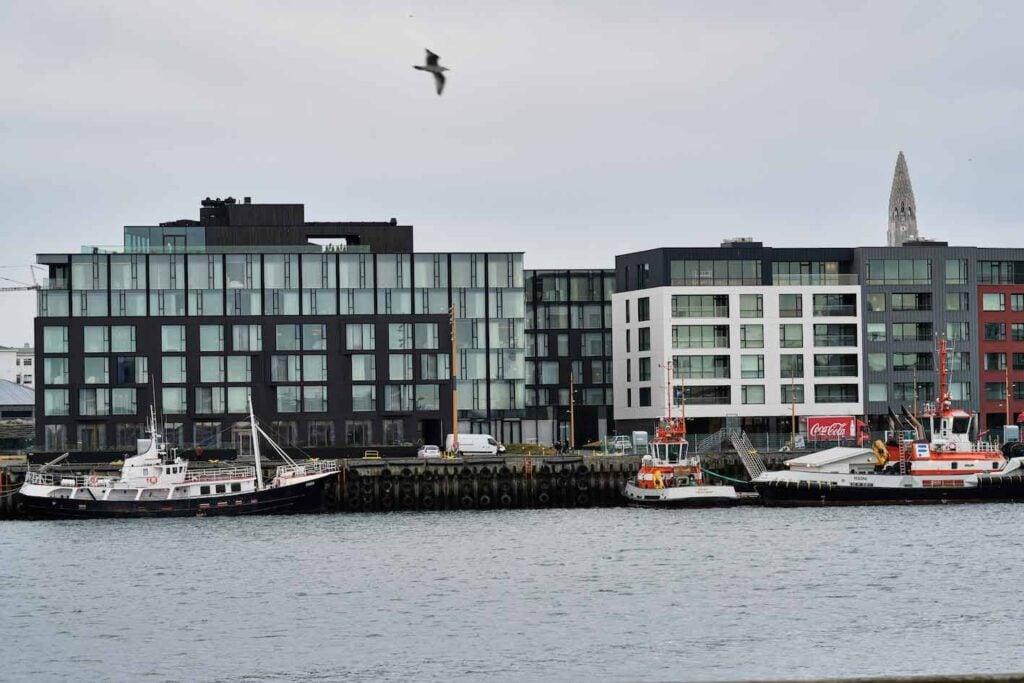
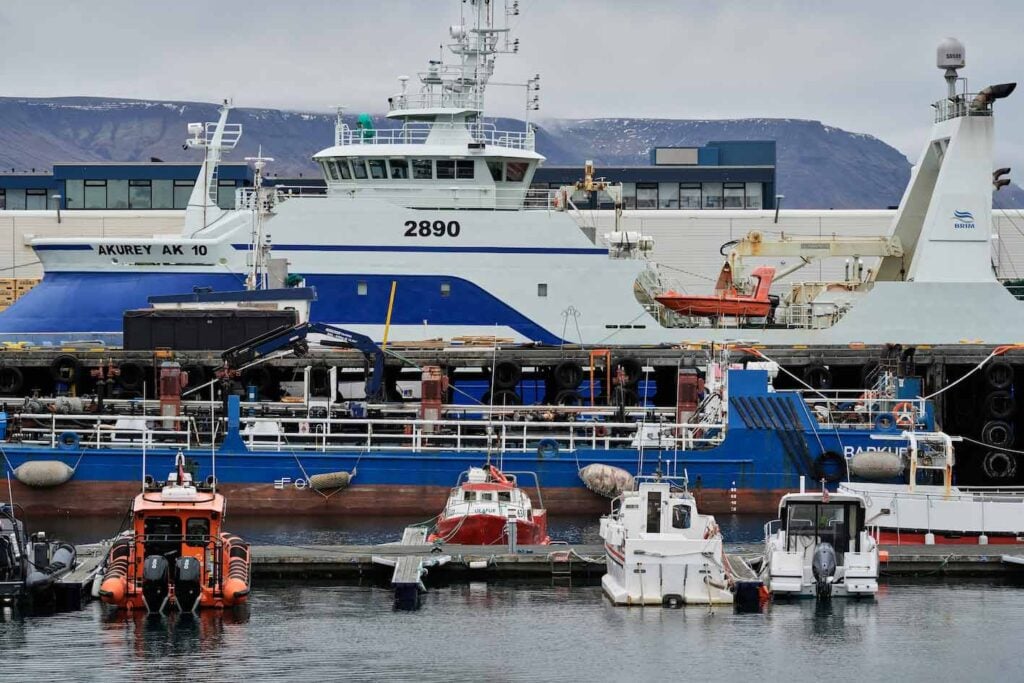
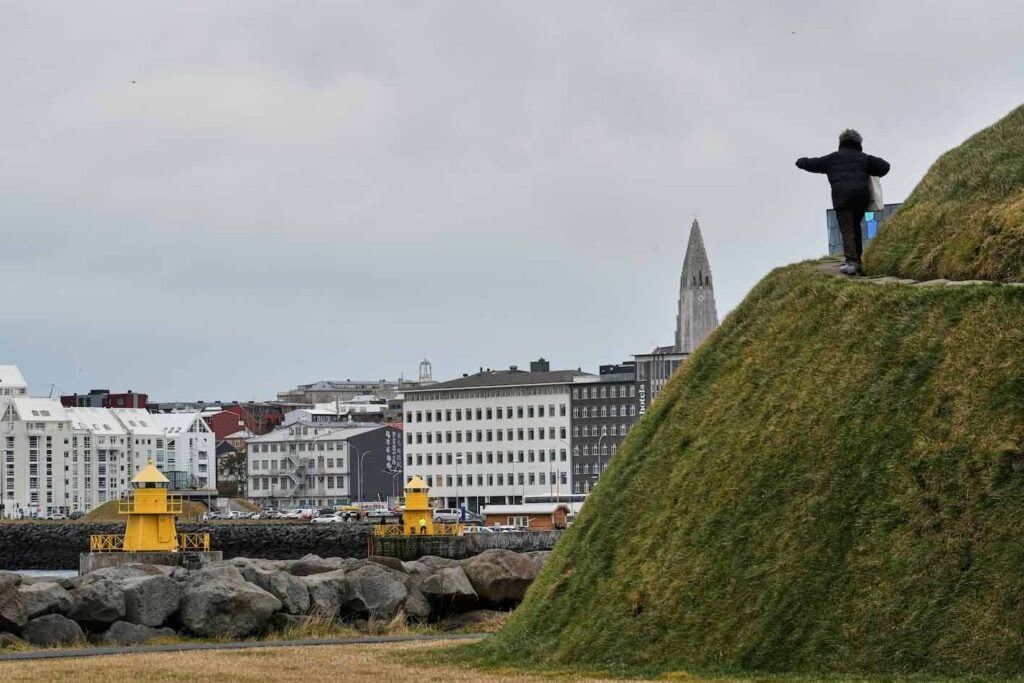
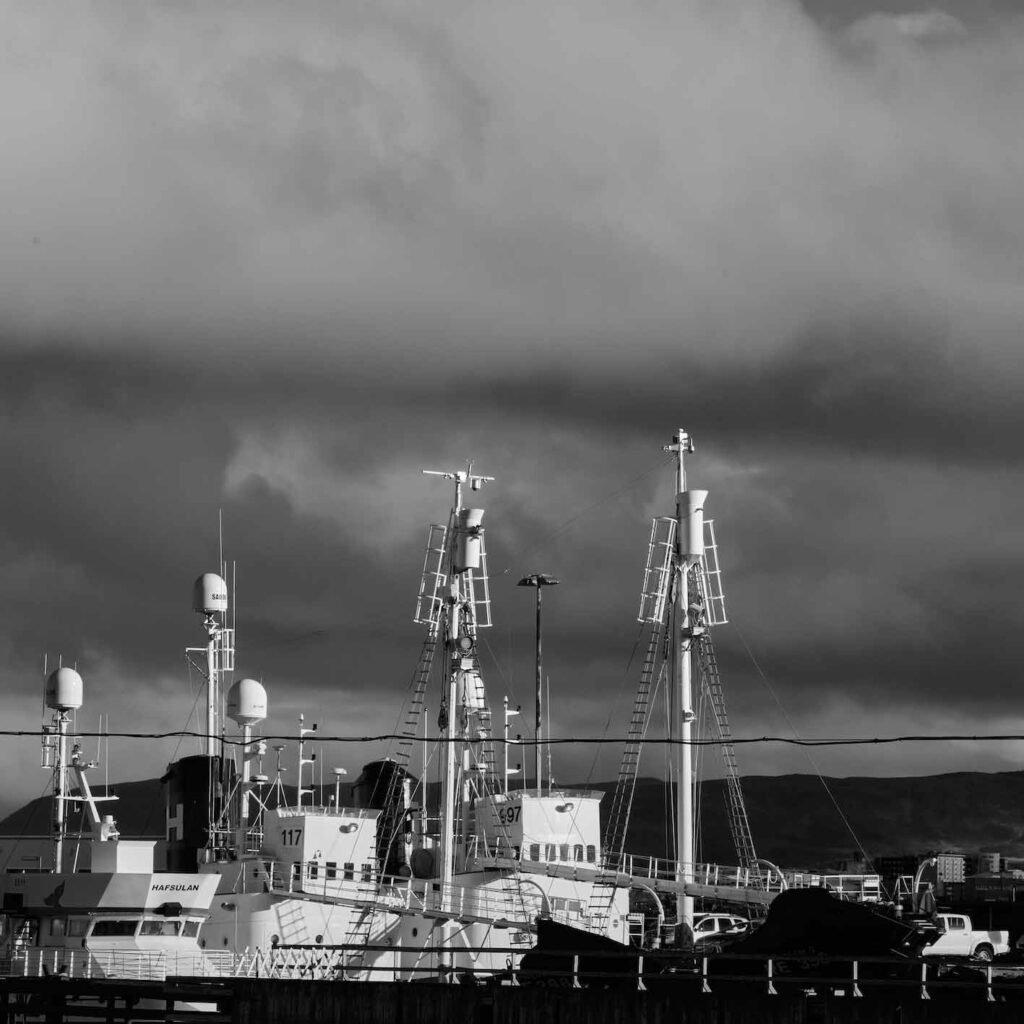
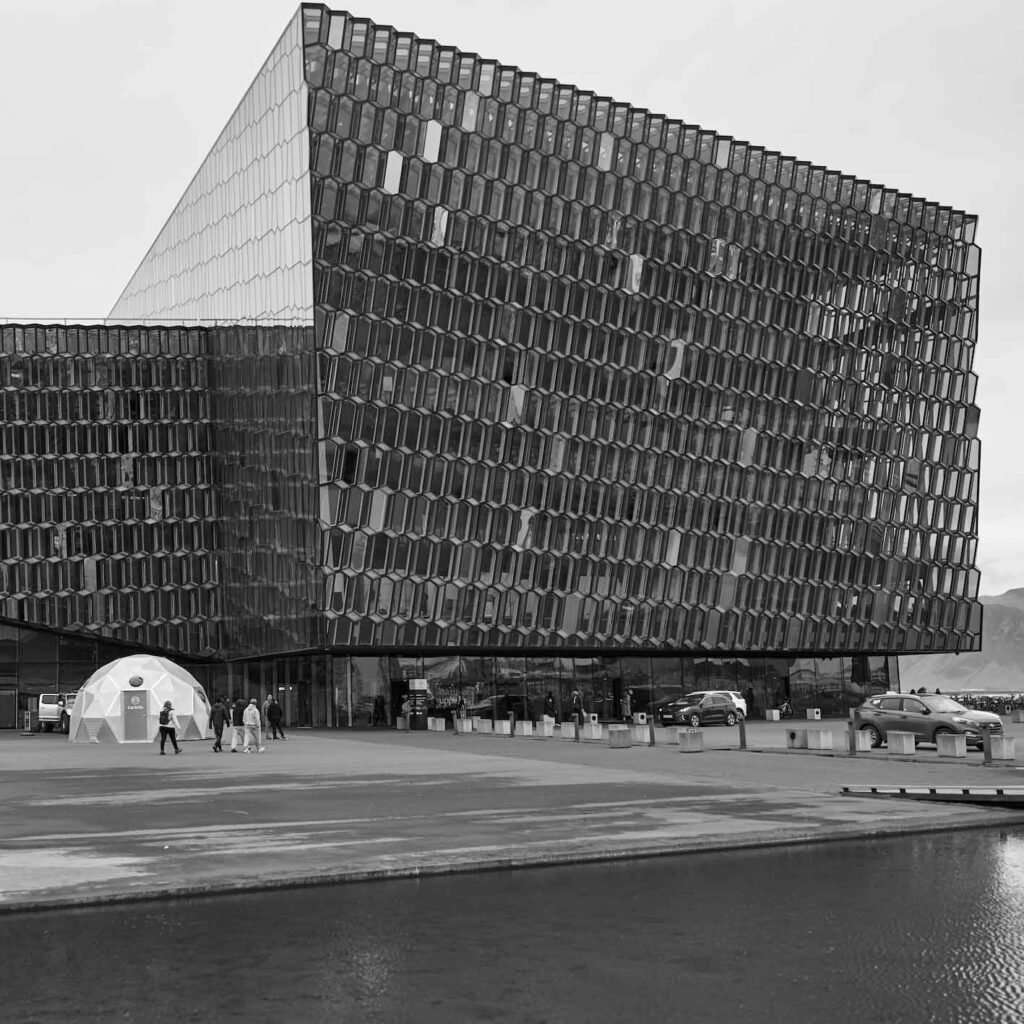
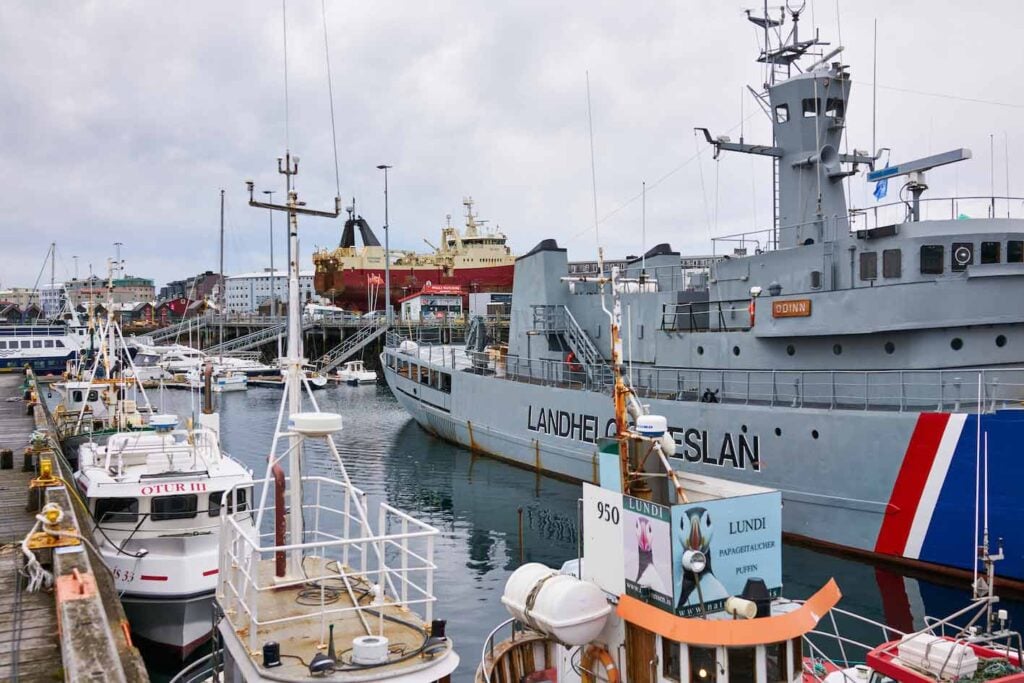
Reykjavík 20/10/2024: A7CR, RX1R II – FE 1.8/135 GM, 2.0/35mm Z
Images & text: Páll Stefánsson

